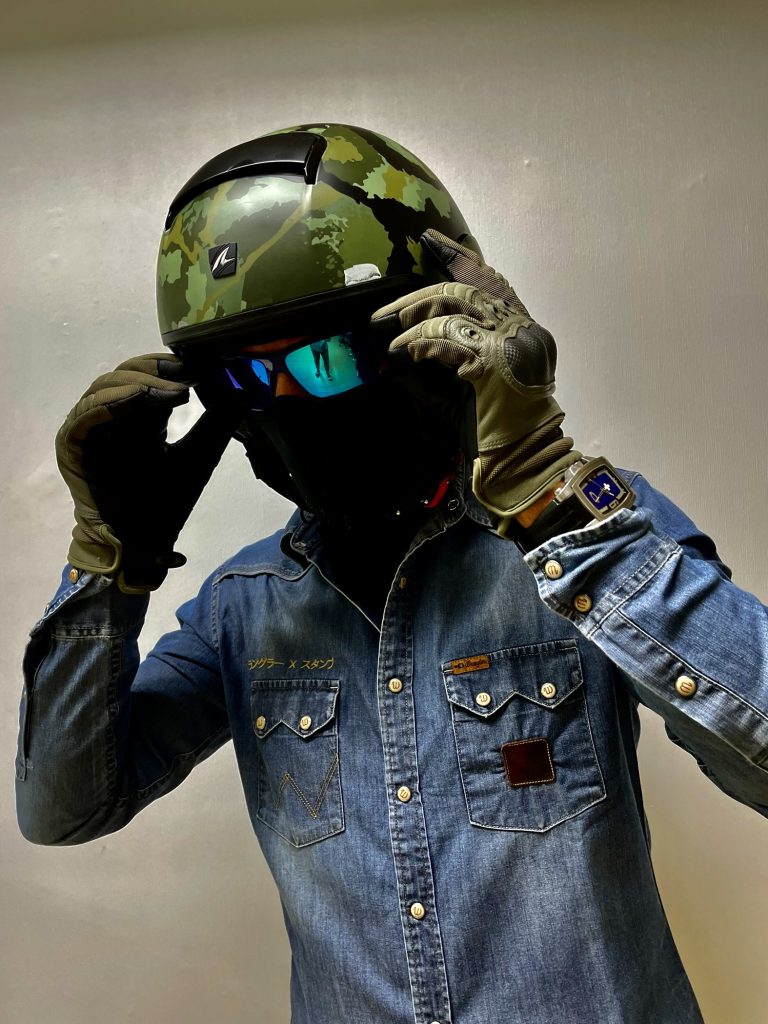Reality number one: the motorcycle uncovered the rider with no security from an accident. That is really self-evident. Dissimilar to a vehicle, the motorcycle has no windshield, entryway, window, rooftop, and airbag; not so much as a safety belt, to get and safeguard the rider. Truth number two: most motorcycle mishap passing’s happen on the grounds that the rider isn’t wearing defensive gear. Riding without body coats or guards and helmets makes any region of the body powerless against influence. Reality number three: a full-face motorcycle helmets give the most insurance to a rider! While a shorty or a half-face helmet will offer some sort of security, nothing beats the insurance presented by full-face motorcycle helmets. Covering the whole head region, with the helmet’s back reaching out to cover the scruff and the skull’s base, and front insurance for the jaw and jaw region, full-face motorcycle helmets cover 100% of what ought to basically be safeguarded. A shorty misses the mark regarding safeguarding the ears, the foundation of the skull, the jaw and jaw region. A half-face might cover these regions yet results in the face open to harm. Full-face motorcycle helmets deal with them all.

Some will say the full-face motorcycle helmets are exceptionally choking, confining, also it is hot, it lessens hearing, and it isolates the free-rider from the breeze. Security buffs, in any case, rush to answer that they can in any case get wind and coolness and relative opportunity with full-face motorcycle helmets without undermining their assurance. They say there are particular or convertible, flip-up or flip-face helmets, all enhancements of the full-face motorcycle helmets, where jaw bars turn upwards, venting frameworks take into account head crown cooling and interior wind stream, visors and jaw segments reach out to leave more space, and acoustic highlights guarantee low-clamor and most extreme aversion to surrounding commotion.
For full-face motorcycle helmets to give the greatest assurance the external shell ought to be solid and unbending to the point of staying away from entrance yet fit for spreading the heap and effect. Inside the shell, the liner should be made of materials like growing polystyrene that ingest the energy of, and pulverizes on, influence. The jaw segment or jaw lash should fit the helmet cozily to the rider’s head without tightening development. What’s more, fit cushioning and liners should consider solace and cozy fit so the helmet stays in one piece and in defensive situation in case of an accident. The full-face motorcycle helmets work like a safeguard during an accident. At top or typical cruising speeds, the motorcycle and its rider are in for a neck-breaking stop in case of a mishap. The force being brought to that unexpected stop when the rider hits another vehicle, a wall, or a side of the road sign, or the asphalt, means a ton of effect energy that the head needs to scatter. In any case, the head assimilates the effect and will in general be squashed. The full-face motorcycle helmets scatter that energy over the helmet region and particularly the interior liners. The blow of the effect is accordingly diminished, safeguarding the head, the face, and the skull in particular. Without the helmet, envision a water melon crushing on a wall.